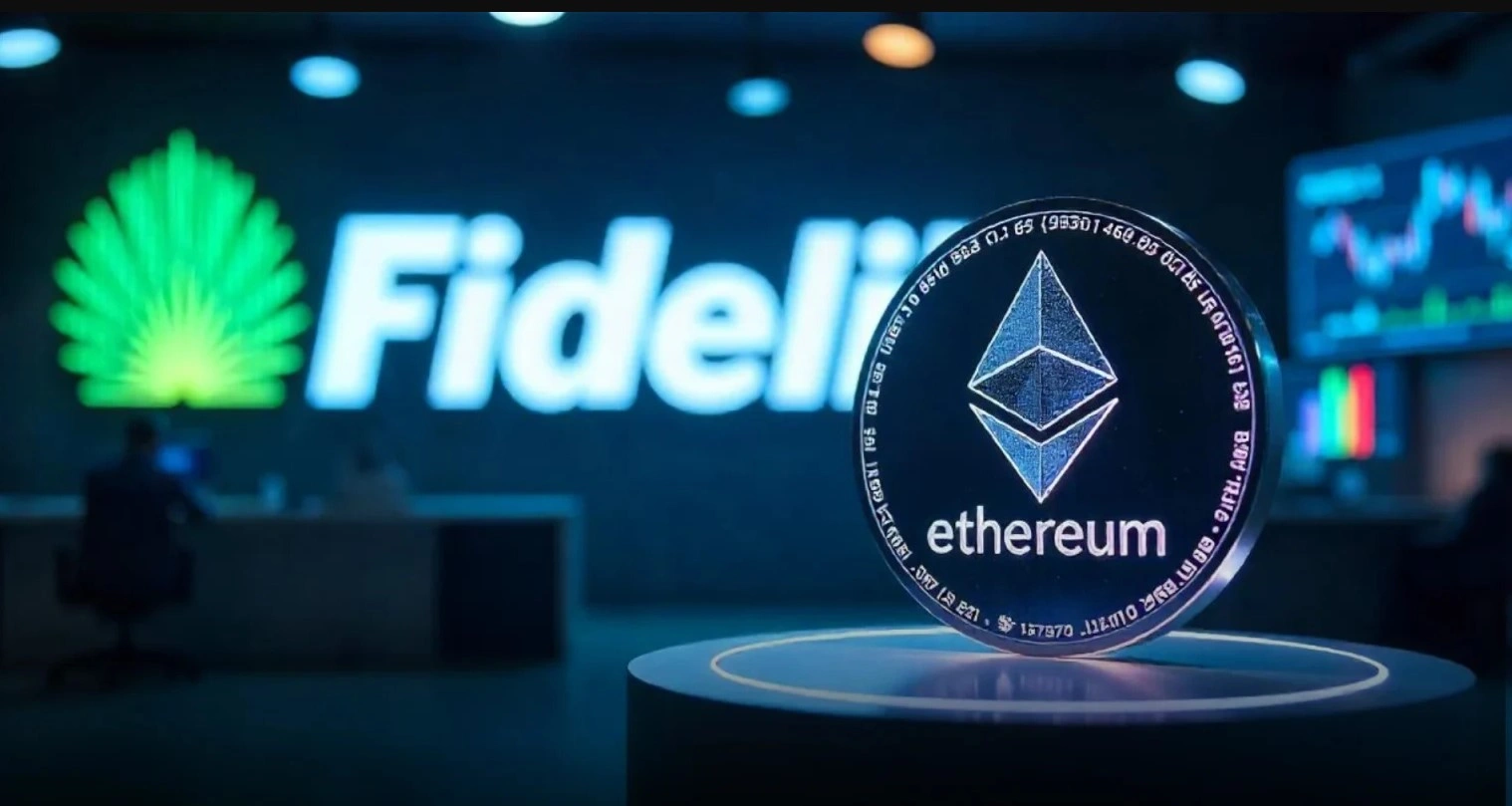Fidelity’s Entry into RWA Tokenization
Asset management giant Fidelity Investments is making a bold move into the world of real-world asset (RWA) tokenization. The firm is set to tokenize its U.S. dollar money market fund through an on-chain treasury fund filing, embracing blockchain technology for improved efficiency and transparency.
According to a recent filing with the U.S. Securities and Exchange Commission (SEC), Fidelity’s upcoming blockchain-based Treasury Digital Fund (FYHXX) will leverage Ethereum’s decentralized network. The fund aims to capitalize on the rapid growth of tokenized assets while providing institutional investors with streamlined transactions and verifiable tracking of share ownership.
Fund Expected to Launch on May 30
Pending regulatory approval, Fidelity’s on-chain treasury fund is set to take effect on May 30. This initiative will introduce a hybrid record-keeping system in which Fidelity will maintain traditional book-entry records as the official ownership ledger. However, a secondary blockchain-based recording system will ensure reconciliation with official records on a daily basis.
Fidelity stated: “Although the secondary recording of the OnChain class on a blockchain will not represent the official record of ownership, the transfer agent will reconcile the secondary blockchain transactions with the official records of the OnChain class on at least a daily basis.”
This move aligns with a growing trend among financial institutions leveraging blockchain technology to digitize and enhance the efficiency of traditional financial instruments, such as credit, government bonds, and investment funds.
RWA Tokenization Gains Momentum
The global push for tokenizing RWAs has been gaining traction, with banks and asset managers recognizing blockchain’s potential to revolutionize the financial industry. Fidelity’s initiative follows similar moves from BlackRock, Franklin Templeton, and other major players in asset management.
BlackRock Leads the Market
Data from RWA.XYZ reveals that the market for tokenized money market funds has surged sixfold in a year, reaching a valuation of $4.8 billion. BlackRock is currently leading this segment, having launched a tokenized T-bill called BUIDL in March 2024 in partnership with asset firm Securitize. The fund now holds approximately $1.5 billion in assets.
Meanwhile, Franklin Templeton’s on-chain money market fund, launched in 2021, has amassed over $689 million in assets, further solidifying blockchain’s role in transforming financial markets.
The broader tokenized U.S. Treasury market now stands at $4.77 billion, reflecting a staggering 500% growth over the past year.
Ethereum Emerges as the Preferred Blockchain
Ethereum has become the blockchain of choice for financial institutions engaging in tokenization efforts. According to Robbie Mitchnick, BlackRock’s head of crypto, Ethereum provides the ideal blend of security, credibility, and decentralization.
Mitchnick stated during the Blockworks York Digital Asset Summit: “There was no question that the blockchain we would start our tokenization on would be Ethereum. That’s not just a BlackRock thing—that’s the natural default answer. Clients value decentralization, credibility, and security, which are Ethereum’s core strengths.”
Ethereum’s robust infrastructure and extensive developer ecosystem make it a natural choice for traditional finance (TradFi) firms seeking seamless integration into blockchain technology.
What Fidelity’s Entry Means for the Market
Fidelity remains one of the largest issuers of spot Bitcoin and Ether ETFs in the U.S. market, boasting approximately $16.5 billion in its FBTC and $780 million in its FETH products. With over $5.8 trillion in assets under management, Fidelity’s move into tokenized treasuries represents a significant milestone for the blockchain industry.
If Fidelity’s fund proves successful, it could pave the way for other major asset managers to follow suit, driving mass adoption of tokenized financial products.
Frequently Asked Questions (FAQs)
What is RWA?
Real-World Assets (RWAs) refer to tangible or financial assets that exist in the physical world, such as real estate, commodities, stocks, or bonds. These assets have long been integral to global financial markets.
What is RWA Tokenization?
Tokenized RWAs involve converting traditional assets into blockchain-based digital tokens. This process enhances liquidity, transparency, and efficiency in financial markets. Examples of tokenized assets include equities, credit, government bonds, and artwork.
Why Are Firms Investing in RWA Tokenization?
Tokenization represents a financial revolution, not just a technological upgrade. By leveraging blockchain technology, institutions can offer investors new opportunities, improved security, and round-the-clock trading accessibility.
Glossary of Key Terms
- Tokenization: The process of converting an asset into a digital token on a blockchain.
- Asset Manager: A firm or individual responsible for managing investments and financial portfolios.
- Treasury Fund: An investment fund consisting of U.S. Treasury securities and related assets.
Conclusion
As the asset tokenization trend continues to gain traction, Fidelity’s move into Ethereum-based on-chain treasury funds solidifies blockchain’s role in traditional finance. With major players like BlackRock and Franklin Templeton already dominating the market, Fidelity’s entry is poised to accelerate institutional adoption.
Only time will tell how this shift will reshape global financial markets, but one thing is certain: blockchain-based tokenization is here to stay.
Disclaimer: This article is for informational purposes only and does not constitute financial advice. Cryptocurrency and blockchain investments involve risks, and investors should conduct their own research before making any investment decisions. Fidelity’s on-chain treasury fund is subject to regulatory approval, and its future performance is not guaranteed. Always consult with a financial professional before investing in digital assets.



